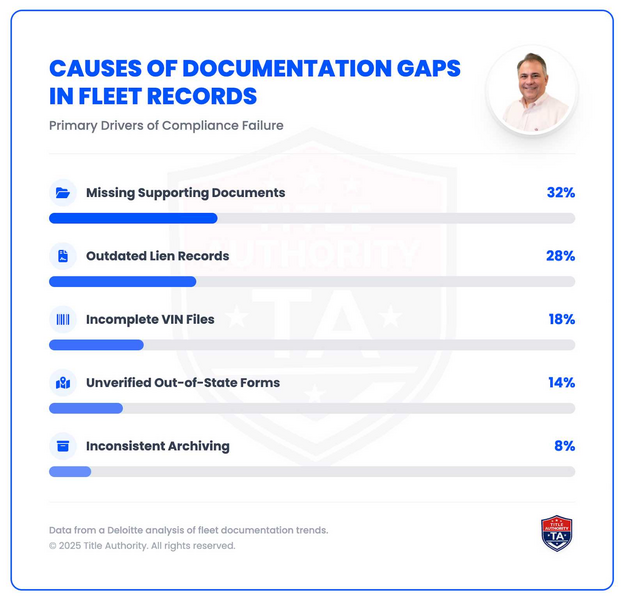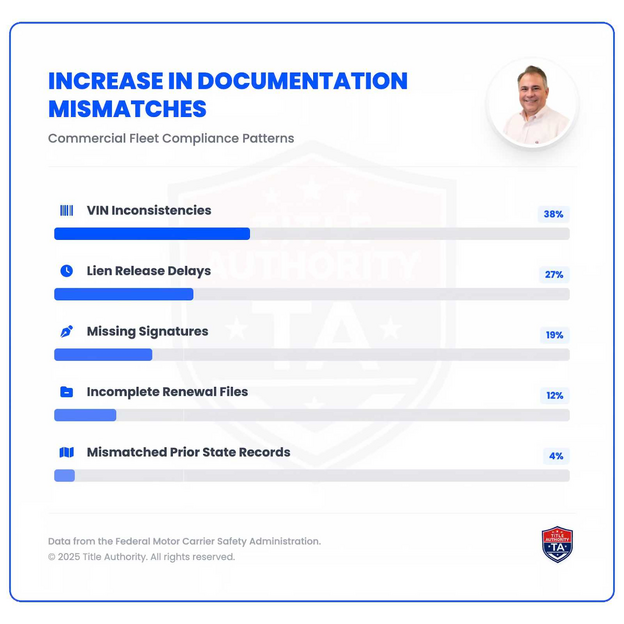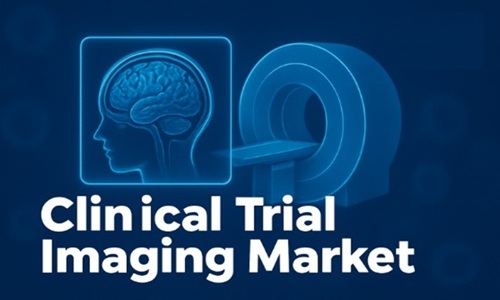Lighting is one of the most powerful tools in home design, capable of transforming the ambiance of a space with the flick of a switch. The right lighting can make a room feel cozy and inviting, vibrant and energetic, or calm and serene. Whether you're looking to revamp your living room, create a relaxing bedroom retreat, or set the perfect mood for entertaining guests, understanding how to use lighting effectively is key. This article explores various lighting techniques and ideas to help you create the perfect atmosphere in your home.
Understanding the Basics of Lighting
Before diving into specific lighting strategies, it's essential to understand the three main types of lighting: ambient, task, and accent. Each type plays a unique role in creating a well-balanced and functional lighting scheme.
Ambient Lighting
Ambient lighting is the primary source of light in a room, providing overall illumination. It sets the base level of light and ensures that the space is adequately lit. Common sources of ambient lighting include ceiling fixtures, chandeliers, and recessed lights. The goal is to create a comfortable level of brightness without causing glare.
Task Lighting
Task lighting is focused on specific areas where activities such as reading, cooking, or working are performed. This type of lighting should be brighter than ambient lighting to reduce eye strain and improve visibility. Examples of task lighting include desk lamps, under-cabinet lights in the kitchen, and reading lamps by a chair or bed.
Accent Lighting
Accent lighting is used to highlight particular features or areas within a room, such as artwork, architectural details, or decorative objects. It adds depth and dimension to the space, creating visual interest. Track lighting, wall-mounted fixtures, and LED strips are commonly used for accent lighting.
Creating Atmosphere with Lighting
The atmosphere of a room is significantly influenced by how lighting is used. Different lighting techniques can evoke various emotions and set the desired mood.
Warm vs. Cool Lighting
The color temperature of light bulbs plays a crucial role in the ambiance of a room. Warm light, with a color temperature of 2700K to 3000K, emits a soft, yellowish glow that creates a cozy and inviting atmosphere. It's perfect for living rooms, bedrooms, and dining areas. Cool light, ranging from 3500K to 5000K, has a bluish tint and is ideal for task-oriented spaces like kitchens and home offices because it mimics daylight and enhances focus.
Layering Light
A well-designed lighting scheme involves layering different types of lighting to achieve a balanced and versatile environment. Combining ambient, task, and accent lighting allows you to adjust the lighting to suit various activities and moods. For example, in a living room, you might use a chandelier for ambient light, table lamps for task lighting, and wall sconces to highlight artwork.
Dimmers and Smart Lighting
Dimmers are an excellent way to control the intensity of light and set the mood in any room. By adjusting the brightness, you can create a more intimate and relaxed atmosphere for evenings or turn up the light for a lively gathering. Smart lighting systems take this a step further by allowing you to control your lights remotely and set schedules or scenes for different times of the day.
Lighting Ideas for Different Rooms
Each room in your home has unique lighting needs based on its function and the mood you want to create. Here are some ideas to inspire you:
Living Room
The living room is often the heart of the home, where families gather to relax and entertain. To create a warm and inviting ambiance, consider using a combination of ambient lighting from a ceiling fixture, task lighting with table or floor lamps, and accent lighting to highlight artwork or architectural features. Adding a few statement pieces like neon signs can inject personality and a playful vibe into the space.
Kitchen
In the kitchen, functionality is key. Ensure that work areas like countertops, sinks, and stoves are well-lit with task lighting such as under-cabinet lights or pendant lights. Ambient lighting from recessed ceiling fixtures can provide overall illumination, while accent lighting can be used to showcase a stylish backsplash or kitchen island.
Bedroom
The bedroom should be a sanctuary for rest and relaxation. Soft, warm lighting is ideal for creating a calming environment. Use bedside lamps for reading, wall sconces for a touch of elegance, and a dimmable ceiling light to adjust the brightness. Cluster lights, arranged in a decorative pattern above the bed or in a cozy corner, can add a whimsical and romantic touch.
Bathroom
Good lighting is essential in the bathroom for tasks like grooming and applying makeup. Combine bright, even lighting around the vanity with softer ambient lighting from ceiling fixtures. Consider adding accent lighting to highlight a decorative mirror or a luxurious bathtub.
Creative Lighting Solutions
Beyond traditional lighting fixtures, there are numerous creative options to explore. These unique lighting ideas can help you personalize your space and make a statement.
String Lights
String lights are versatile and can be used in various ways to create a magical ambiance. Draping them across a wall, wrapping them around a bed frame, or hanging them from the ceiling can add a touch of whimsy and charm to any room.
Floor Lamps with Personality
Floor lamps come in a variety of styles and designs, making them perfect for adding both light and character to a room. Choose a floor lamp with an interesting shape, color, or material to serve as both a functional and decorative piece.
LED Strips
LED strips are a flexible and energy-efficient option for adding accent lighting. They can be installed under cabinets, along staircases, or behind furniture to create a subtle, glowing effect. LED strips are also available in various colors, allowing you to customize the ambiance to suit your mood.
Candles and Lanterns
Candles and lanterns provide soft, flickering light that can create a cozy and intimate atmosphere. Use them as table centerpieces, place them on shelves, or group them on a tray to add warmth and elegance to your space.
Practical Tips for Lighting Success
Creating the perfect lighting scheme involves more than just choosing the right fixtures. Here are some practical tips to ensure your lighting enhances your home's atmosphere effectively:
Use Multiple Light Sources: Relying on a single overhead light can make a room feel flat and uninviting. Instead, use multiple light sources at different levels to create depth and interest.
Consider the Room's Function: Think about how you use each room and choose lighting that supports those activities. For example, bright task lighting is essential in the kitchen, while soft, ambient light is more suitable for the bedroom.
Experiment with Placement: Don't be afraid to move lamps and other light sources around to find the most flattering and functional arrangement. Sometimes a slight adjustment can make a significant difference.
Pay Attention to Scale: Ensure that your lighting fixtures are appropriately sized for the room. A small lamp might get lost in a large living room, while an oversized chandelier could overwhelm a small dining area.
Embrace Natural Light: Maximize natural light during the day by keeping windows unobstructed and using light, airy window treatments. Natural light can significantly enhance the atmosphere of a room and reduce the need for artificial lighting.
Conclusion
Lighting is a powerful tool that can dramatically transform the atmosphere of your home. By understanding the basics of lighting, layering different types of light, and incorporating creative solutions, you can create spaces that are not only functional but also beautiful and inviting. Whether you use neon signs to add a playful touch or cluster lights to create a romantic ambiance, the right lighting can make all the difference. So, experiment with different lighting techniques and fixtures to discover what works best for your home, and enjoy the magic that the perfect lighting can bring to your living space.





















